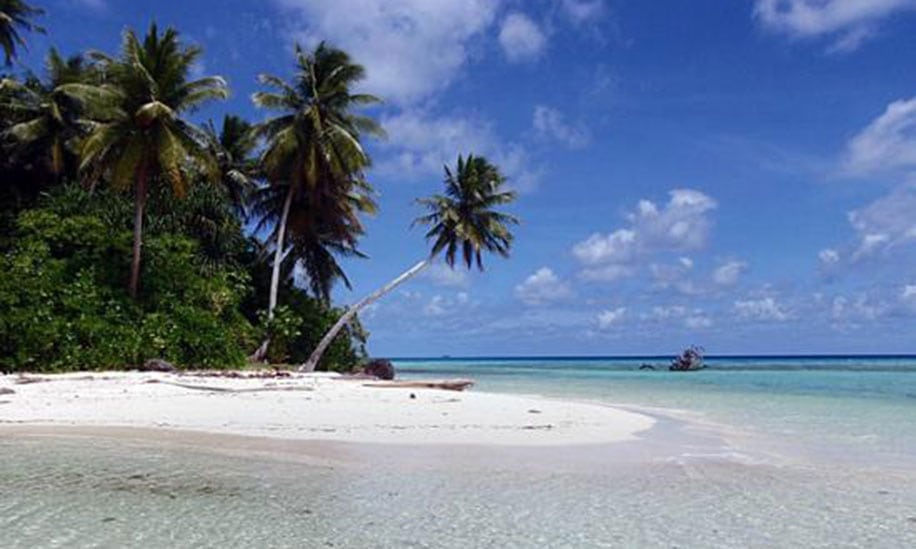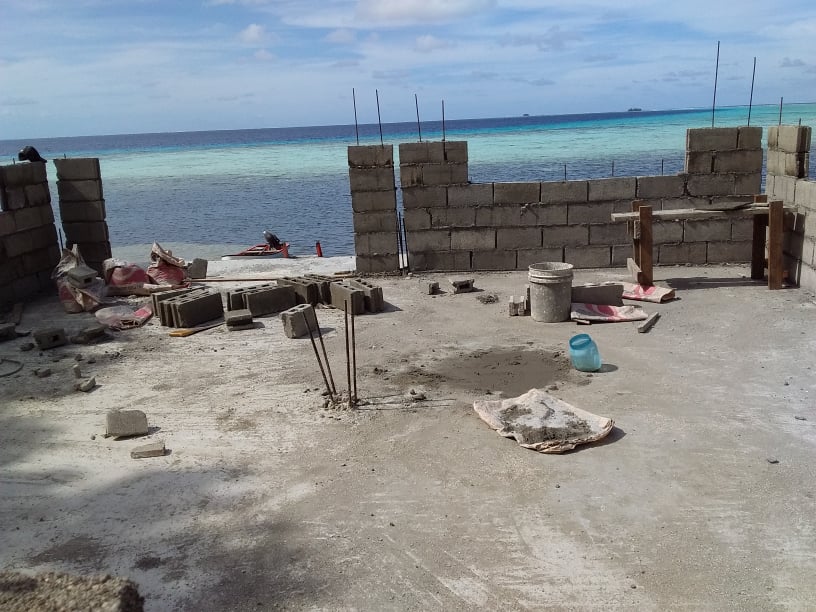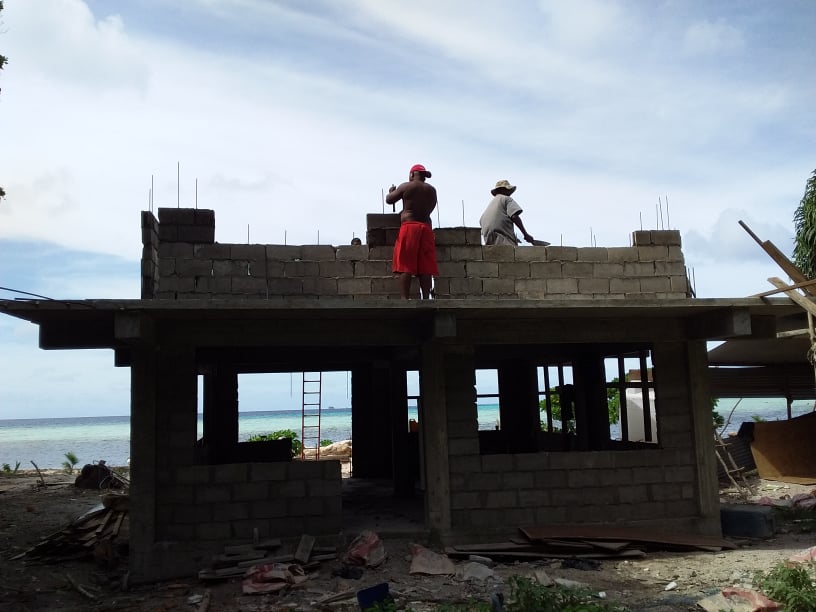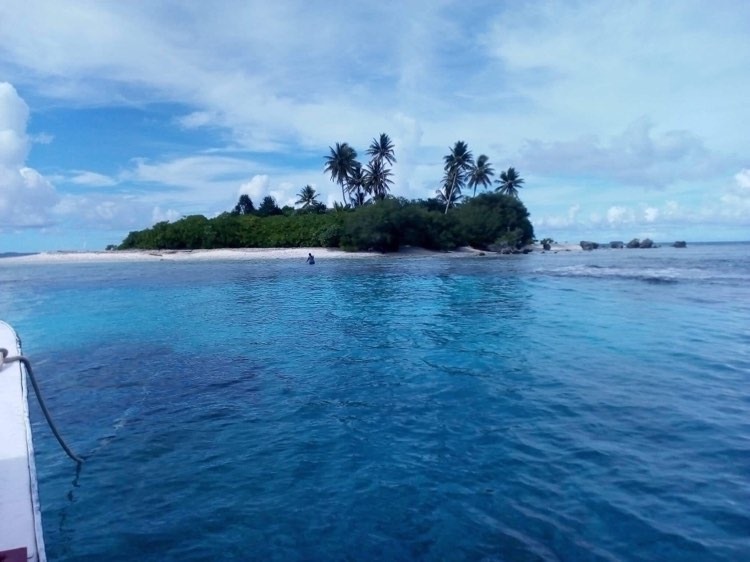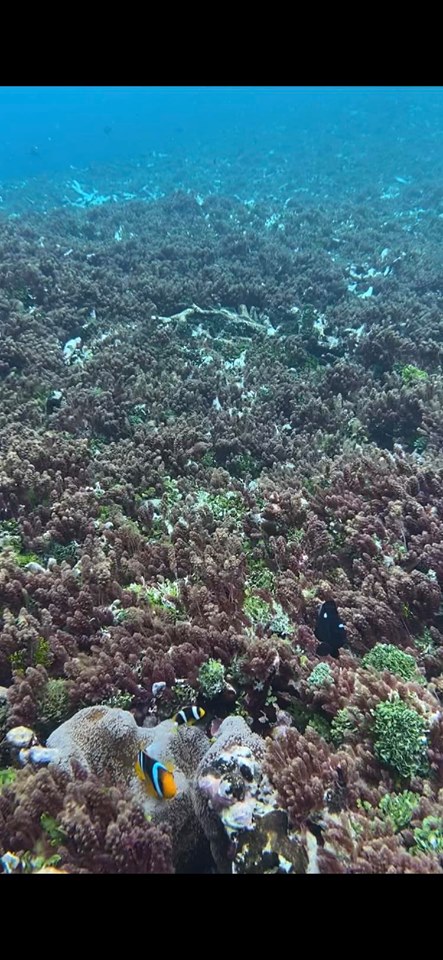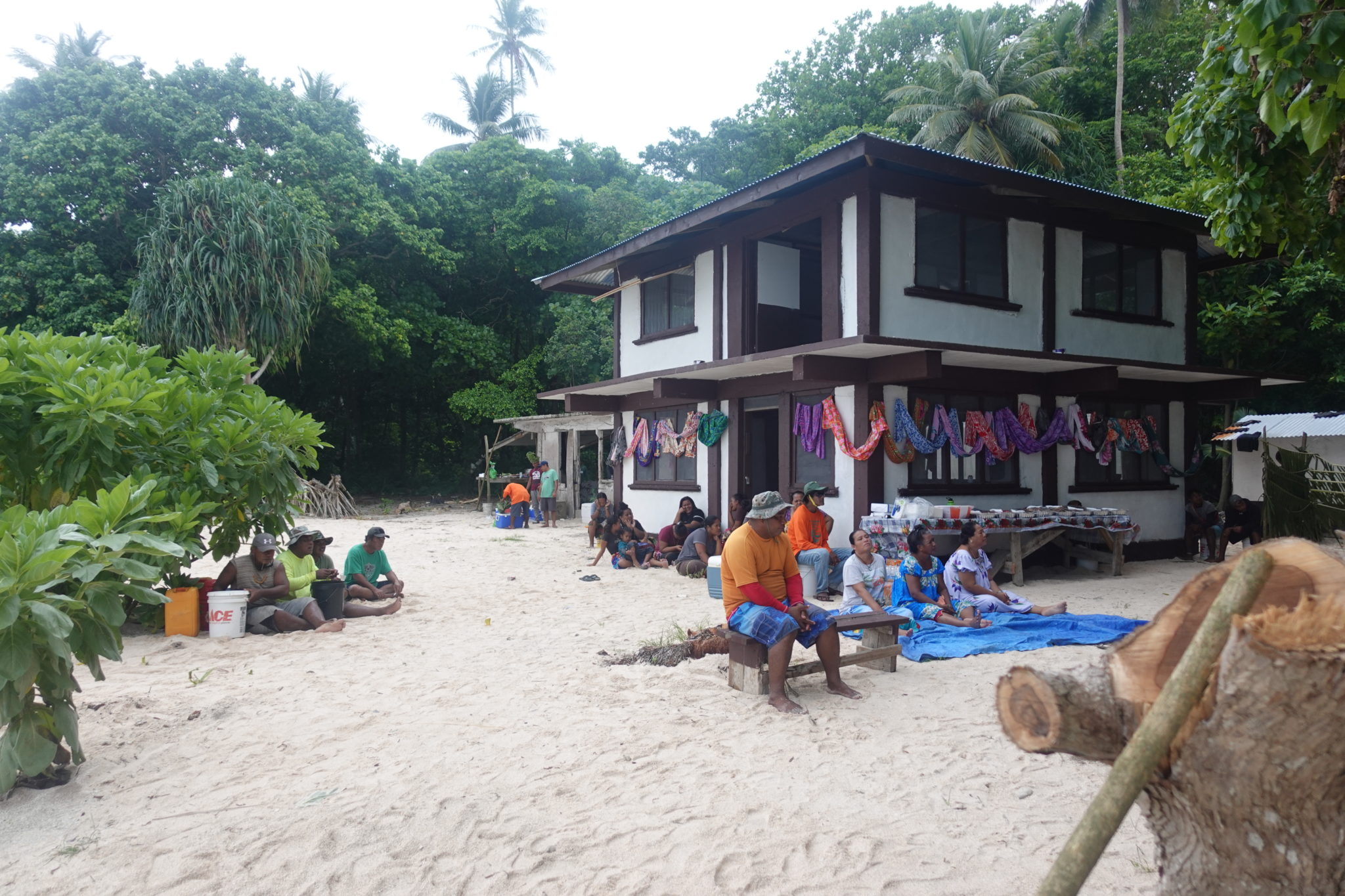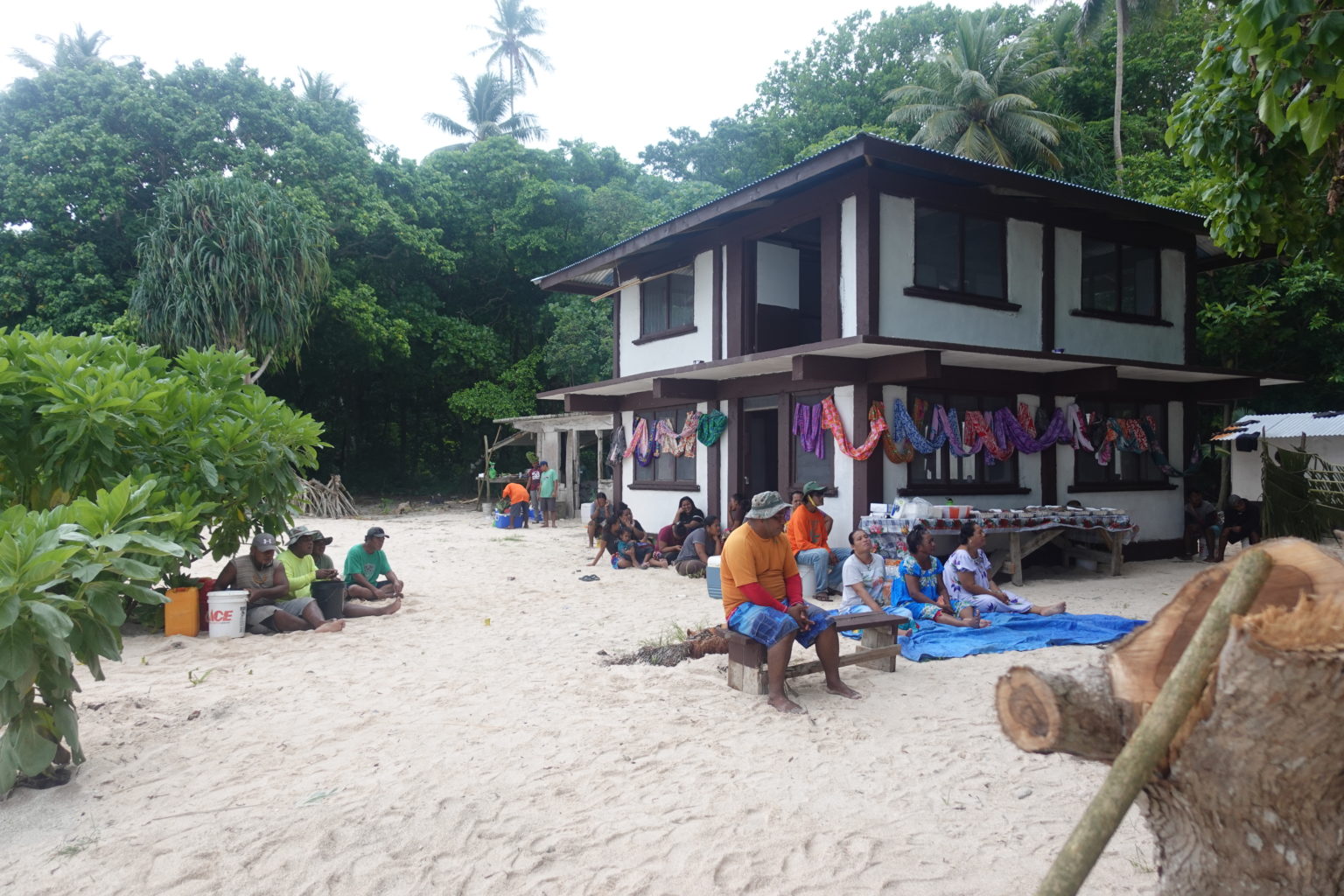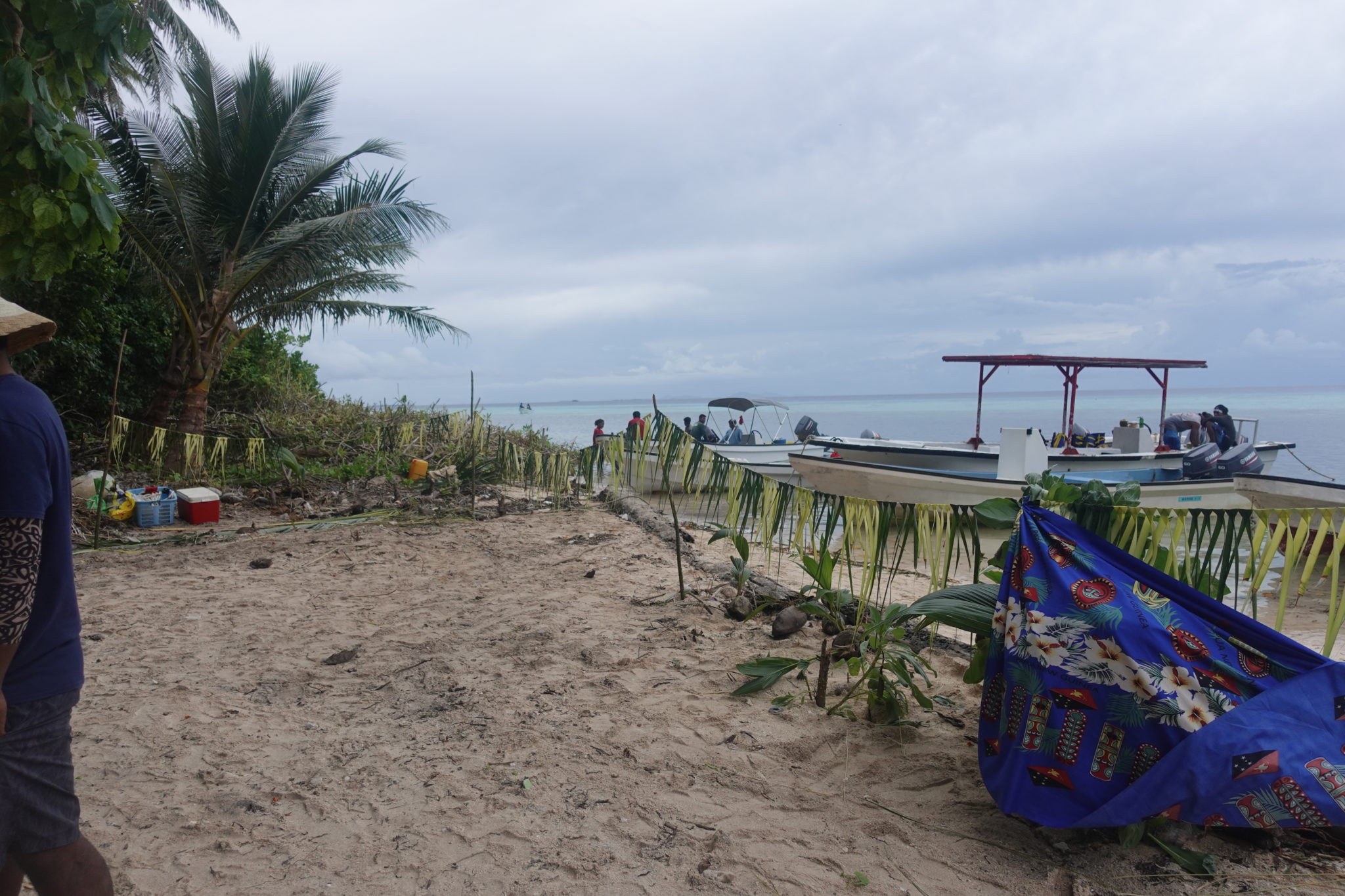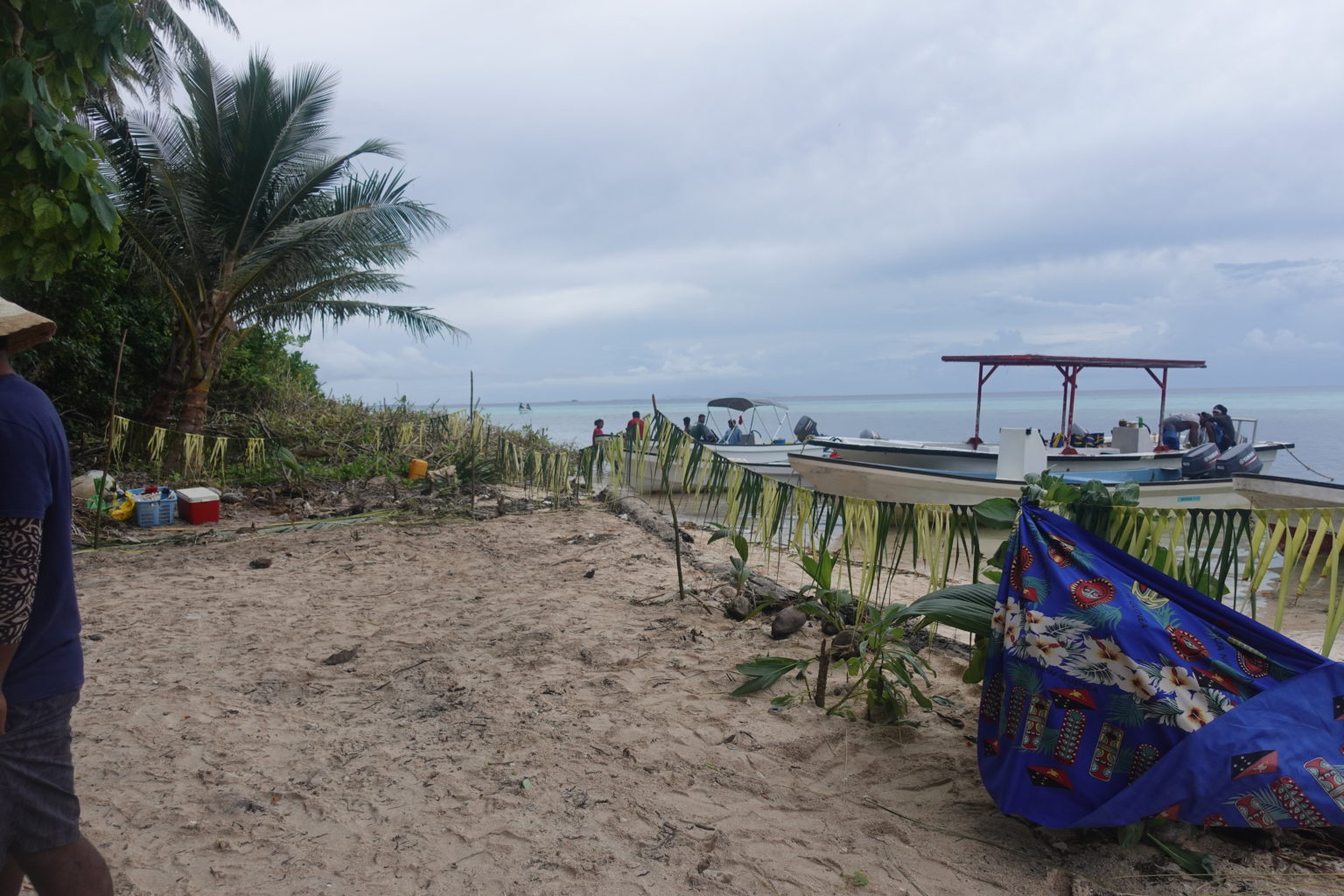Beautiful, uninhabited Kuop Atoll—on maps, just a speck in the western Pacific—is one of the region’s richest marine sites. Some of the coral species found there exist only in Chuuk. Both green and hawksbill turtles nest on most of the islands of Kuop. Mantas and many shark species, including the blacktip, whitetip, gray reef, silvertip, and nurse, are common there.
Legally, the atoll is a marine protected area. In reality, its large size and remote location make surveillance and enforcement extremely difficult. The Kuop MPA is more than 10 miles from the municipality that has authority over it. And because of its abundant fish, the MPA attracts poachers, including some foreign fishing vessels.
This project will strengthen enforcement by funding construction of a ranger station at the atoll. The facility will house trained community, municipal, and state conservation officers. Having a place to stay will significantly reduce the travel costs of enforcement and ensure that conservation officers are always at the MPA. The rangers’ increased presence will have a deterrent effect; the rangers also have police powers and can make arrests and issue citations.
The area has a strong history and practice of local control of marine resources. Traditionally, the local people can also temporarily close the fishery if they decide the fish population is declining. The penalty for violations is confiscation of the poacher’s boat, engine, gear, and fish—so poachers know that fishing illegally means taking a potentially ruinous risk.
Local authorities, who strongly support enforcing use restrictions for the long-term health of the fisheries, requested the ranger station. Our nonprofit partner for the project is the Micronesia Conservation Trust.


